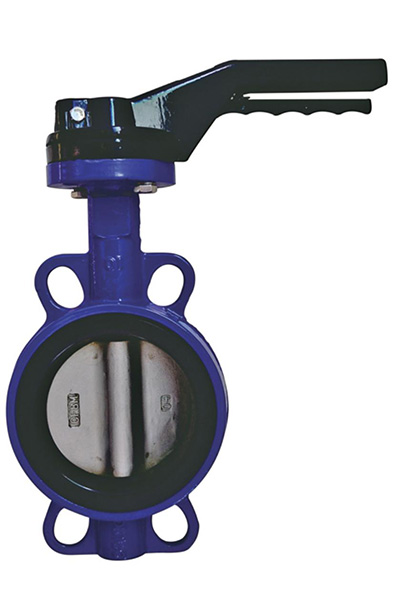సెప్టెం . 26, 2024 04:51 Back to list
Sewage Ventilation Solutions for Effective Air Release Valves and Waste Management Systems
Understanding Sewage Air Release Valves Importance and Functionality
Sewage systems play a critical role in maintaining public health and environmental safety by effectively managing wastewater. One crucial component of these systems is the sewage air release valve (ARV). Though often overlooked, these valves serve an essential function in wastewater management, preventing air buildup in the sewage piping system and ensuring the effective transport of sewage.
What is a Sewage Air Release Valve?
A sewage air release valve is a specialized device installed in a sewage pipeline specifically designed to release trapped air. These valves primarily operate in pressurized sewage systems where air can accumulate due to various factors, such as changes in temperature, flow rates, and pump operations. When air pockets form within the pipeline, they can cause numerous problems, including reduced flow efficiency and increased pressure that might lead to pipeline damage or even failure.
Functions of Sewage Air Release Valves
The primary function of a sewage air release valve is to mitigate air buildup within the sewage system. When sewage flows through pipes, it creates a natural tendency for air to become trapped in high points of the pipeline. If left unaddressed, this trapped air can lead to issues such as
1. Reduced Flow Capacity Air pockets can obstruct the flow of sewage, causing blockages that slow down the transport of wastewater.
2. Pressure Fluctuations The accumulation of air can result in pressure imbalances, which may lead to surges or shocks in the system. This can compromise the structural integrity of pipes and joints, increasing the risk of leaks and breaks.
To combat these issues, sewage air release valves automatically open when air builds up, allowing trapped air to escape without disrupting the flow of sewage. Once the pressure normalizes, the valve closes, ensuring that the system continues to function efficiently.
sewage air release valve

Types of Sewage Air Release Valves
There are several types of sewage air release valves, each designed for specific applications
1. Automatic Air Release Valves These valves operate automatically, using floats or other mechanisms to detect pressure changes, making them ideal for continuous monitoring of air and pressure.
2. Combination Air Valves These valves can both release accumulated air and permit the inflow of air during a vacuum condition, suitable for large-volume systems with fluctuating flow rates.
3. Differential Pressure Air Release Valves These valves maintain a specific pressure differential to ensure that air is released only when necessary.
Importance of Maintenance
Regular maintenance of sewage air release valves is crucial for sustaining the overall health of sewage systems. Failure to maintain these valves can lead to blocked wastewater flow, increased pressure, and possible failures in the sewage system. Routine inspections ensure that the valves are clean, functional, and free from obstructions that might hinder their operation.
Conclusion
In conclusion, sewage air release valves are an integral component of an efficient sewage management system. By preventing the accumulation of air in sewage pipelines, these valves play a vital role in ensuring smooth wastewater transport, protecting infrastructure, and reducing environmental impacts. Understanding their function and the necessity of proper maintenance can greatly enhance the reliability and effectiveness of sewage systems, ultimately contributing to public health and environmental sustainability.
Share
-
Reliable Wafer Type Butterfly Valves for Every IndustryNewsJul.25,2025
-
Reliable Flow Control Begins with the Right Ball Check ValveNewsJul.25,2025
-
Precision Flow Control Starts with Quality ValvesNewsJul.25,2025
-
Industrial Flow Control ReliabilityNewsJul.25,2025
-
Engineered for Efficiency Gate Valves That Power Industrial PerformanceNewsJul.25,2025
-
Empowering Infrastructure Through Quality ManufacturingNewsJul.25,2025